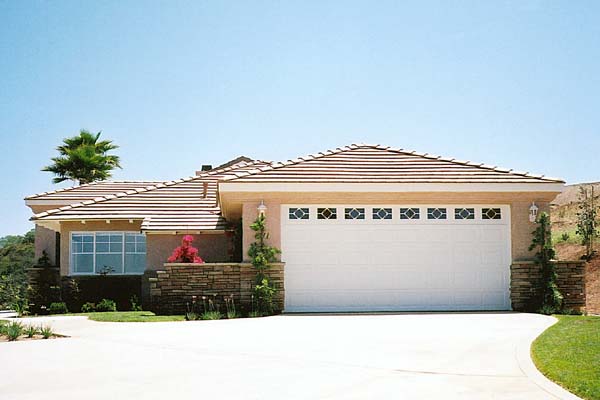HEIGHT ZONING
Understanding Height Zoning in Real Estate
In the realm of real estate development, the concept of height zoning plays a crucial role in shaping the urban landscape and ensuring the well-being of communities. Height zoning refers to the practice of establishing regulations and restrictions on the vertical dimensions of buildings within specific areas. This technique is implemented to safeguard the availability of sunlight, maintain adequate airflow, and preserve the overall aesthetic and functional aspects of the built environment.
The Purpose of Height Zoning
Sunlight and Airflow
One of the primary objectives of height zoning is to protect the access to sunlight and airflow for both existing and future developments. By controlling the height of buildings, authorities aim to prevent overshadowing of neighboring properties and maintain a conducive environment for residents and businesses.
Urban Aesthetics
Height zoning also contributes to the preservation of urban aesthetics. By regulating the vertical profiles of structures, city planners can ensure that the skyline retains a harmonious and visually appealing character. This proactive approach to urban design helps in creating a cohesive and attractive cityscape.
Safety and Infrastructure
Furthermore, height zoning considerations extend to aspects of safety and infrastructure. By imposing height restrictions, authorities can mitigate potential risks associated with excessive building heights, such as issues related to emergency response, wind effects, and strain on existing utilities and transportation systems.
Implementation and Impact
Implementation and Impact
Local Zoning Ordinances
Height zoning regulations are typically incorporated into local zoning ordinances, which outline the specific restrictions applicable to different zones within a city or municipality. These ordinances are developed based on comprehensive planning efforts and are intended to reflect the unique characteristics and needs of each area.
Community Development
The impact of height zoning extends beyond the physical dimensions of buildings. It influences the overall development of communities by fostering a balanced approach to urban growth. Through thoughtful height restrictions, communities are able to maintain a sense of scale and preserve the qualities that make their neighborhoods livable and sustainable.
Economic Considerations
From an economic standpoint, height zoning can influence property values and investment decisions. By maintaining reasonable height limits, property owners and developers are encouraged to focus on designs that align with the established regulations, fostering a more predictable and stable real estate market.
Conclusion
In the dynamic landscape of real estate, height zoning serves as a critical tool for promoting responsible and well-planned development. By safeguarding vital elements such as sunlight, airflow, and urban aesthetics, height zoning contributes to the creation of vibrant and resilient communities. As cities continue to evolve, the judicious application of height zoning will remain integral to the pursuit of sustainable and harmonious urban environments.
MORE REAL ESTATE TERMS
A, B, C, D, E, F, G, H, I, J, K, L, M, N, O, P, Q, R, S, T, U, V, W, X, Y, Z
Featured New Home

Featured Mortgage Brokers
- HOMESTAR FINANCIAL CORPORATION, WINDER, GA
133 W ATHENS ST STE I
WINDER, GA 30680 - Ross Mortgage Corporation, mortgage broker in Royal Oak, MI
27862 Woodward Avenue
Royal Oak, MI 48067 - CASTLE & COOKE MORTGAGE LLC, GREENWOOD VILLAGE, CO
7400 E ORCHARD RD # 2900N
GREENWOOD VILLAGE, CO 80111 - CSTONE MORTGAGE INC, SAN DIEGO, CA
4545 MURPHY CANYON RD STE 213
SAN DIEGO, CA 92123 - DITECH MORTGAGE CORP, FORT WASHINGTON, PA
1100 VIRGINIA DR STE 100
FORT WASHINGTON, PA 19034